India’s Unique Locations You Must Visit Before They Disappear
India is rich with prominent history, culture, and nature and doesn’t disappoint those who are craving for some jaw-dropping places. From north to south and east to west you find great places here to satisfy your wanderlust. However, some of these great places are on the verge of disappearing. If you don’t plan to see them soon, you will probably miss them forever.
Let’s get informed about such enchanting but endangered places.
1. Rakhigarhi, Haryana
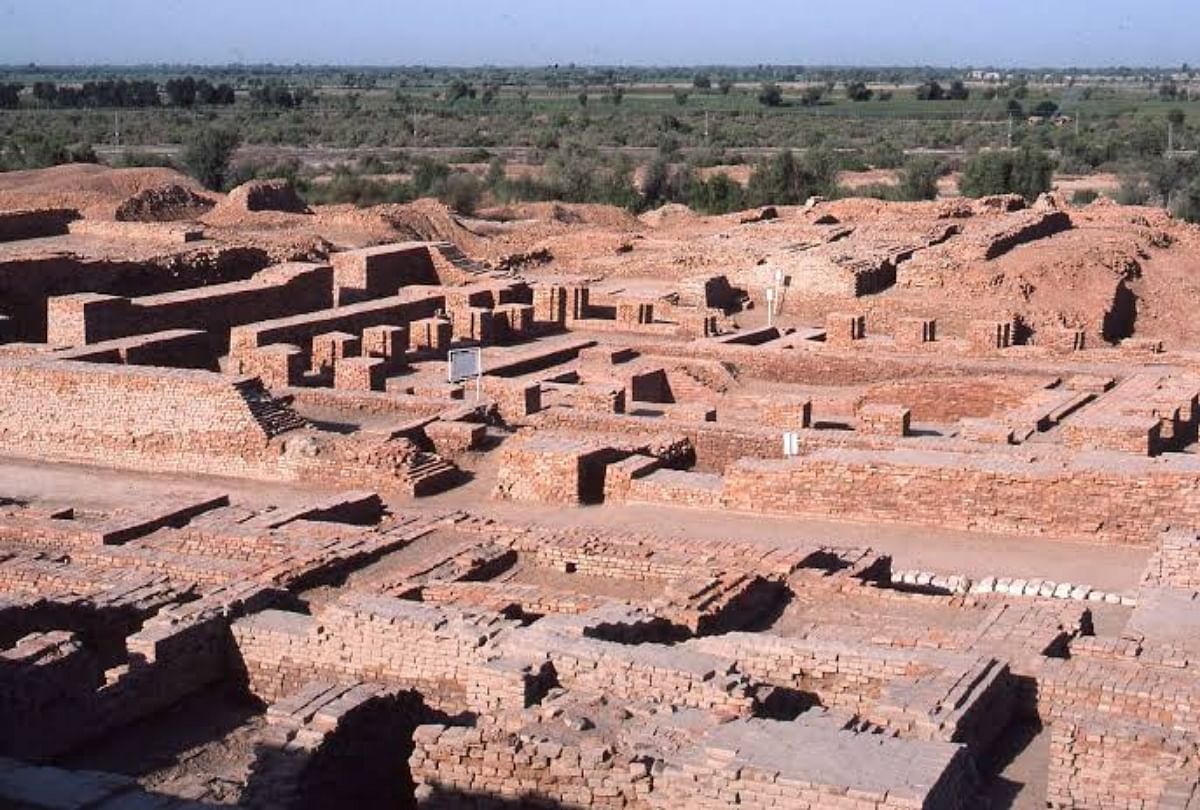
The biggest Indus Valley Civilization, known as Rakhigarhi, is situated in the Ghaggar-Hakra River plain. It has now developed into a small village in Haryana. It is 150 kilometres northwest of Delhi and 27 kilometres from the seasonal Ghaggar River. There are 11 excavation mounds there, numbered RGR1 to RGR11.
The mounds RGR1 through RGR6 at Rakhigarhi, which has a total size of 550 hectares, are used as homes. In Rakhigarhi, work is now being done on the Indus Valley Civilization Museum. In addition, Rakhigarhi is 60 kilometres from the Haryana Rural Antique Museum. The lack of adequate protection for the site, according to the research, exposes it to several hazards of loss and destruction, including soil erosion, illicit sand lifting, artefact theft, illegal sale, and encroachment by locals.
2. Taj Mahal, Agra

Tourists from all over the world visit the Taj Mahal, one of the seven wonders of the world, and it could be about to shut its doors forever. Yes, it is right. The spectacular monument often sees 3 to 4 million visitors enter through its doors, and this enormous amount of tourism is to blame for the structure’s demise. The maintenance staff of this mausoleum claims that a number of things, including air pollution, river pollution, and the rot of the wood supporting the building, are harming this World Heritage Site. It is anticipated that tourists won’t have more than four years to see this incredible architectural marvel.
3. Rama Sethu, Rameshwaram

A group of limestone shoals known as Rama Sethu connects the Indian island of Dhanushkodi with Sri Lanka’s Mannar Island. It is also referred to as Adam’s Bridge. According to legend, Rama constructed the bridge with the aid of his monkey army. While it is still only speculation, the sad fact is that the government of India’s proposed Sethusamudram Shipping Canal Project poses a serious danger to the continued survival of this natural treasure.
4. The largest river island is Majuli, Assam.
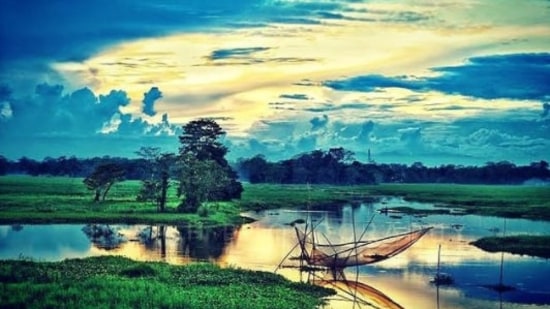
Majuli, which is located in upper Assam, is one of India’s most diversified wildlife zones. This river island is home to many different species of birds and animals, including elephants, tigers, deer, and rabbits. Tragically, the island is getting smaller—from 483 km to 421 km—all because of deforestation, which causes severe erosion. According to certain studies, Majuli will be gone in 15 to 20 years if things continue as they are.
5. Shimla Civic Center, Himachal Pradesh.
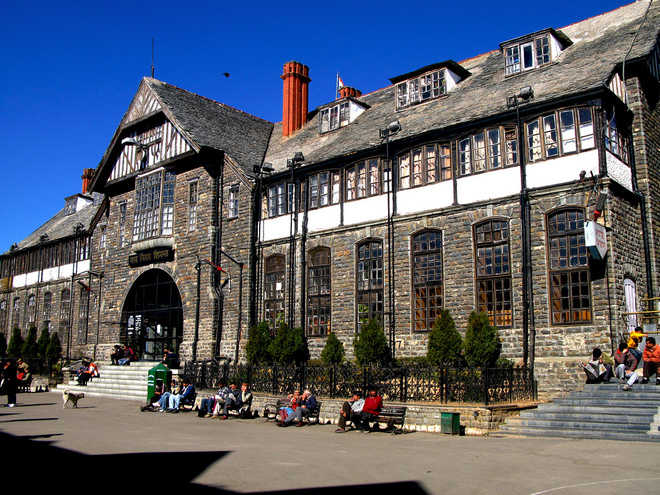
The British were interested in Shimla as a possible summer retreat and built a number of colonial-style structures that gave the town its distinctive appearance. As the years passed and the British departed India, the colonial hill town was destroyed by unplanned urbanisation due to lack of upkeep and uncontrolled expansion. One of the four Indian structures that are listed as being “at risk” by the World Monuments Fund is the Civic Center.
6. Meghalaya’s Balpakram Forest

The native Garo tribe resides in Meghalaya’s Balpakram National Park, which is in the southern region of the state. According to folklore, this is the location where the spirits of the deceased repose. This location is a haven for those who enjoy nature and photography because of the abundance of beautiful foliage and fauna. However, the forest area is shrinking nearly daily as a result of coal mines and water dams, which in the near future will certainly pose a threat to the survival of all creatures in the area.
7. Wular Lake, Jammu & Kashmir:
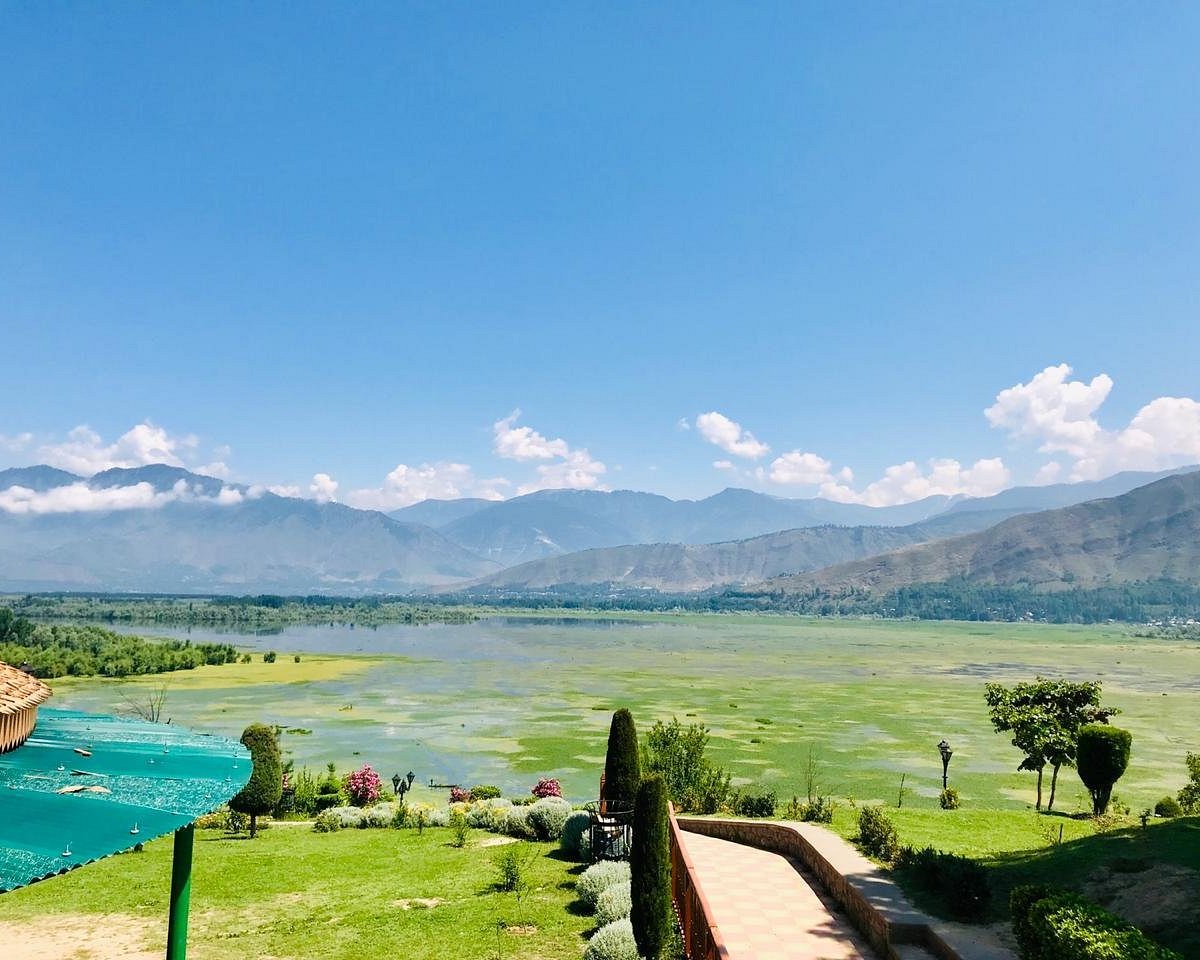
One of the 46 wetlands in India that have been classified as Ramsar sites is Wular Lake. It is also one of Asia’s biggest freshwater lakes. In Jammu and Kashmir, it is situated in the Bandipora district. The seasonal area of Wular Lake ranges from 30 to 189 square kilometres. The majority of locals in that area, as well as many terrestrial birds, make their livelihood by fishing. The water body may become smaller or even disappear in the future as a result of environmental hazards such as weed infestation, animal waste contamination, hunting of migrating birds, and conversion of catchment regions into agricultural land.
8. Sunderbans, West Bengal:

The mangrove environment of Sunderbans is regarded as the biggest in the world. In the Bay of Bengal, the rivers Meghna, Brahmaputra, and Ganges combine to create it. Sundarbans National Park, Sundarbans West, Sundarbans South, and Sundarbans East Wildlife Sanctuaries are the four UNESCO World Heritage Sites that make up this region. In the future, the entire region might be submerged under water due to both natural and human-caused factors like cyclones, sea level rise, and declining biodiversity.
9. The majestic Jaisalmer Fort in Rajasthan

A prominent example of a huge fortress is the Jaisalmer Fort in Rajasthan. In India, the Rajputs are extremely proud of it. The fort, which is a popular tourist destination, has the unusual characteristic that numerous families still reside there. The WMF has added this 12th-century fort on its watch list because of the deteriorating condition of the fort and the addition of modern plumbing and plumbing fixtures.
10. Coral Reef, Lakshadweep:
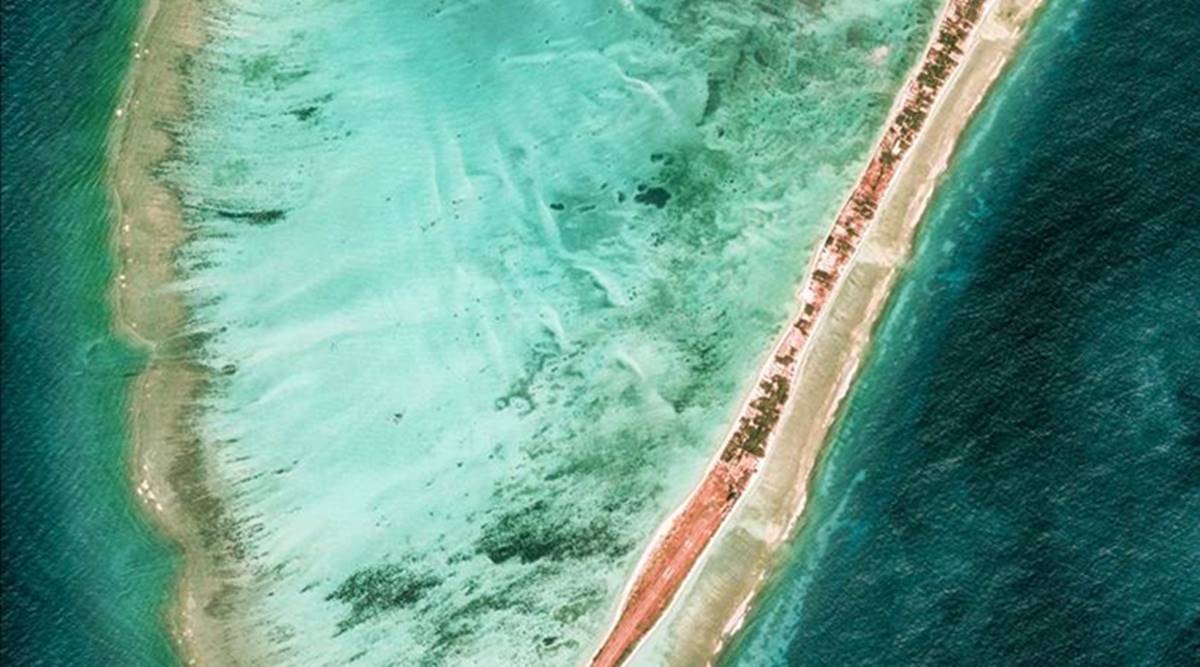
One of India’s four coral reef zones is Lakshadweep. Tourists find the place to be appealing thanks to the corals. With the exception of one platform that possesses Androth, most of the reefs in the Lakshadweep are atolls. The Lakshadweep atolls typically include Kalpeni, Kadmat, Kiltan, and Chetlat. Blast fishing, coral mining, and altering of navigational paths are some of the dangers to its survival. In addition to these dangers, global warming also poses a threat to coral reefs.
Must Read:-
- Top 10 Young Entrepreneurs in India 2022
- Upcoming Indian Web Series for 2022-23
- Top 10 Hospitals in India 2022
- Top 10 richest player of the world 2021
- Top 10 highest-paid Indian Athletes 2021
- Top 10 highest paid CEO in the World
- Top 10 richest person of India
- Top 10 Highest Paid CEOs of India
- List Of Most Followed Facebook Pages in 2022
- The Success Story of Jeff Bezos
- Success Story Of Elon Musk
- Top 10 Business Magazine In India
- Top 10 Business Newspaper In India
- Top 10 richest billionaires in the world 2021
- Upcoming English Web Series in 2021
- Top 10 Tourist Places in India, places to visit after lockdown



